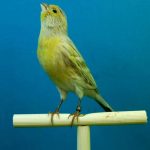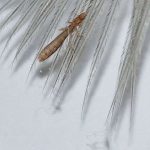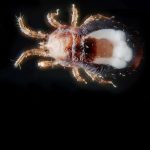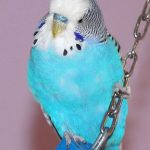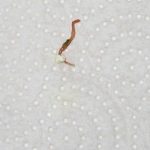- >>
- Birds Online – English
- >>
- Health and diseases
- >>
- Parasitic infestations
Parasitic infestations
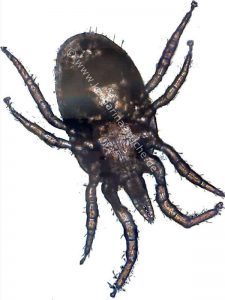
Many bird owners assume that pet birds, who are always kept indoors, cannot suffer from an infestation with parasites since they don’t get in touch with these tiny animals. Unfortunately, things are more complicated – and unpleasant. Some ways of transmission don’t even require physical contact with another affected bird. Under certain circumstances, parasites are taken into the house with toys or branches from outside. In this subsection of Birds-Online.de you can learn more about typical parasites affecting budgies and other pet birds.
We have to deal with a range of different types of parasites that can infect pet birds. In addition to representatives of the group of arachnids (mites), worms, insects, and protozoa are also common. Some species of parasites colonizing the inside of the birds’ bodies, for example, the intestines. Veterinarians refer to these as internal parasites or endoparasites. Other parasites are typically living on the surface of their hosts’ bodies – the so-called external parasites or ectoparasites. Regarding birds, they can infest the plumage or the skin, for example.
Characteristically, parasites thrive at the expense of the hosts (the birds) and, depending on the species, feed on their skin, feathers, or blood. Or the tiny arthropods find shelter in the birds’ bodies, which can lead to serious health issues. The birds, on the other hand, do not benefit from the presence of the parasites.
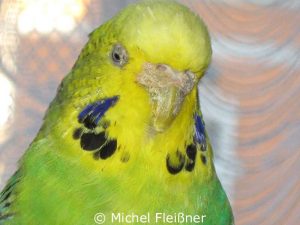
The infection pathways vary depending on the parasite species. In numerous cases, the parasites are transmitted from bird to bird, for example through direct physical contact. But some parasites are transmitted via drinking water. In addition to these infection pathways, there are several others. You find explanations of the important details of the respective parasite species presented in the individual chapters of this subsection. These chapters focus on parasites which are relatively common in budgies and other pet birds. Besides the species presented in these articles, there are some others that are not discussed on this website due to their rare occurrence. However, this does not mean that they never appear.
In general, I would like to mention that in my opinion the treatment should always be determined and supervised by an avian vet. Treating your affected birds on your own can lead to serious health problems or even kill your feathered friends in the worst case. This is especially true when aggressive biochemical products or toxins (anti-parasitics) are used.
Note: If you cannot find what you are looking for in the list, you can use the search box on this page.
Learn more about …
Bird lice (mallophaga)
Blood-feeding mites

